Table of Contents
Assessment Question
Learning Outcome 1 Understand how to develop strategy
AC 1.1 Critique the factors which drive the development of organisational strategy
Creating an effective organizational strategy is key to business success. It starts with understanding the unique factors that influence it. External factors like economic changes, new technology, customer demands, and social trends play a big role in shaping strategy. These factors affect product design, marketing, and operations.
At the same time, assessing internal strengths is just as important. This includes reviewing financial resources, employee skills, facilities, and workforce capacity to ensure they align with external goals. A company’s mission and objectives should also be considered to provide clear direction for future planning.
To stay competitive, businesses must be open to change and continuously explore their strengths when setting strategic goals.
AC 1.2 Critically appraise approaches for the development of strategy
Carefully evaluating different approaches to strategy development is crucial to ensure they are practical, achievable, and aligned with the organization’s goals. A structured approach involves researching the external environment, analyzing the industry, assessing internal strengths, generating strategic options, selecting the best choice, and planning implementation. This process takes time and relies on managers making informed decisions.
Strategic options should be realistic, with clear objectives that fit within available resources. Regular monitoring and feedback are essential to track progress and make adjustments when needed. Since strategy development is an ongoing process, continuous evaluation is key to ensuring successful execution.
AC 1.3 Discuss the challenges of developing and leading organisational strategy
Developing and leading an organization’s strategy is a complex task that requires a comprehensive understanding of the market, budgeting, resource allocation, and effective strategies to achieve success. Strategic leaders must anticipate future challenges, such as economic downturns or industry shifts, to respond appropriately. They also need to articulate a clear vision and direction, inspiring their teams to embrace the mission despite potential internal resistance.
Managing stakeholder expectations is another critical challenge, as leaders must balance company objectives with the interests of those invested in the organization’s well-being. All these factors demand significant effort and insight from leaders aiming to develop effective organizational strategies.
Frameworks like the McKinsey 7S Framework can aid in this process by analyzing seven interdependent elements—strategy, structure, systems, shared values, skills, style, and staff—to ensure alignment and effectiveness within the organization.
Additionally, integrating artificial intelligence (AI) into organizational strategies is becoming increasingly important. AI can help organizations operate more efficiently, maintain lean teams, and adapt to changing environments by facilitating the symbiotic relationship between human intelligence and machine capabilities.
By leveraging such frameworks and technological advancements, leaders can navigate the complexities of strategy development and drive their organizations toward sustained success.
Learning Outcome 2 Know how to develop strategy
AC 2.1 Develop an organisational strategy to achieve a business objective
Developing an effective organizational strategy is crucial for achieving business goals. Here’s a simplified approach:
- Understand Objectives and Resources: Clearly define your business goals and assess available resources, such as finances, personnel, and technology.
- Analyze the Market Landscape: Study external factors like market trends, customer needs, and competitor activities to identify opportunities and threats.
- Prioritize Tasks and Set Timelines: Determine which tasks are most important and establish a realistic timeline to accomplish them.
- Customize the Strategy: Tailor your strategy to align with your specific business objectives and resources.
- Engage Stakeholders: Collaborate with stakeholders—such as employees, investors, and customers—to ensure the strategy is practical and has their support.
AC 2.2 Recommend an approach to implement and monitor the strategy to ensure its success
Implementing a strategy successfully involves careful planning and ongoing monitoring. Here’s a simplified approach:
- Develop a Detailed Timeline: Break down the strategy into specific steps and set clear deadlines for each. Including milestones or deliverables helps track progress effectively.
- Select Appropriate Metrics: Identify key performance indicators (KPIs) that align with your goals to measure progress accurately.
- Maintain Open Communication: Ensure regular dialogue among stakeholders to share updates, gather feedback, and address concerns promptly.
By combining these elements—structured timelines, measurable metrics, and transparent communication—you can enhance the likelihood of successful strategy implementation.
For a more comprehensive framework, consider the SOSTAC model, which stands for Situation, Objectives, Strategy, Tactics, Action, and Control. This model provides a structured approach to planning and executing strategies effectively.
Additionally, adopting flexible strategic plans allows organizations to adapt to unforeseen changes, ensuring resilience and sustained success.
Must Read:
Why Choose Us?
- GPT Zero
- 100% Non-plagiarised Papers
- Dedicated human resource writers
- 24/7 /365 Service Available
- Affordable Prices
- Money-back and Privacy guarantees
- Unlimited Amendments upon request
- Satisfaction guarantee

